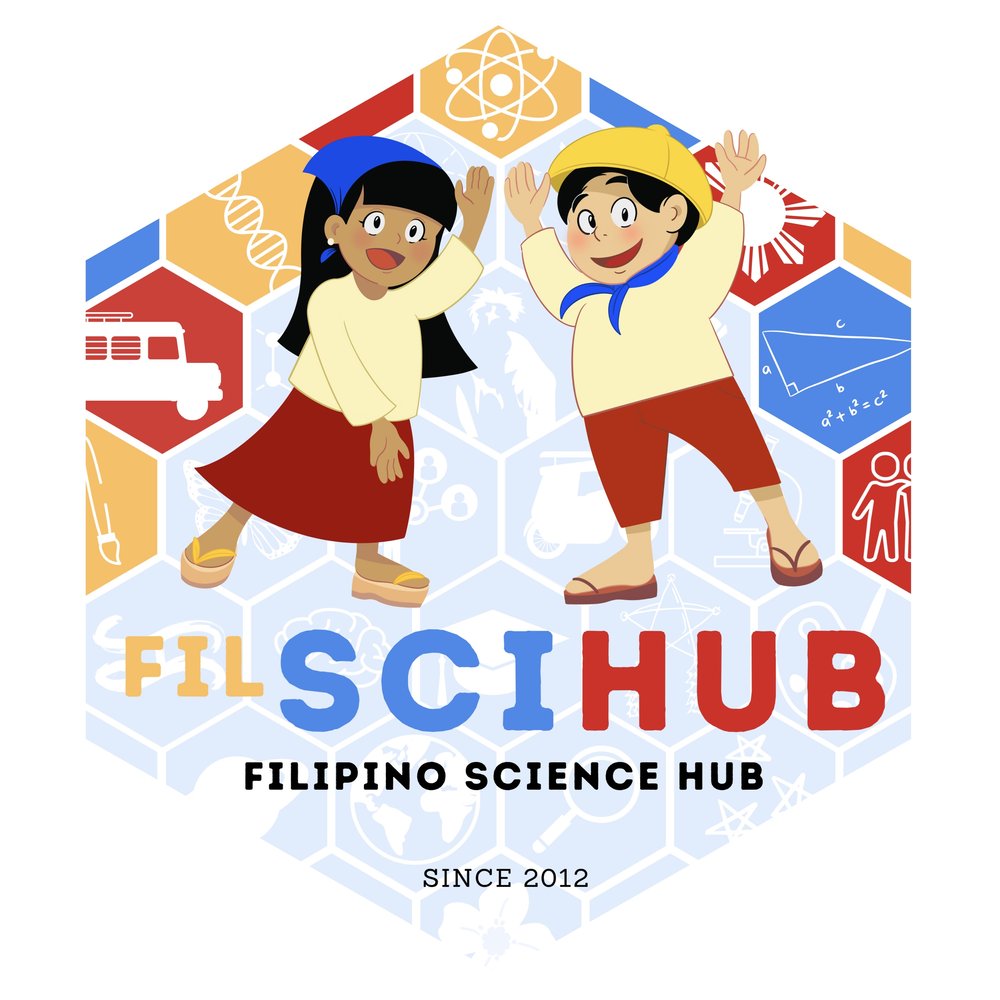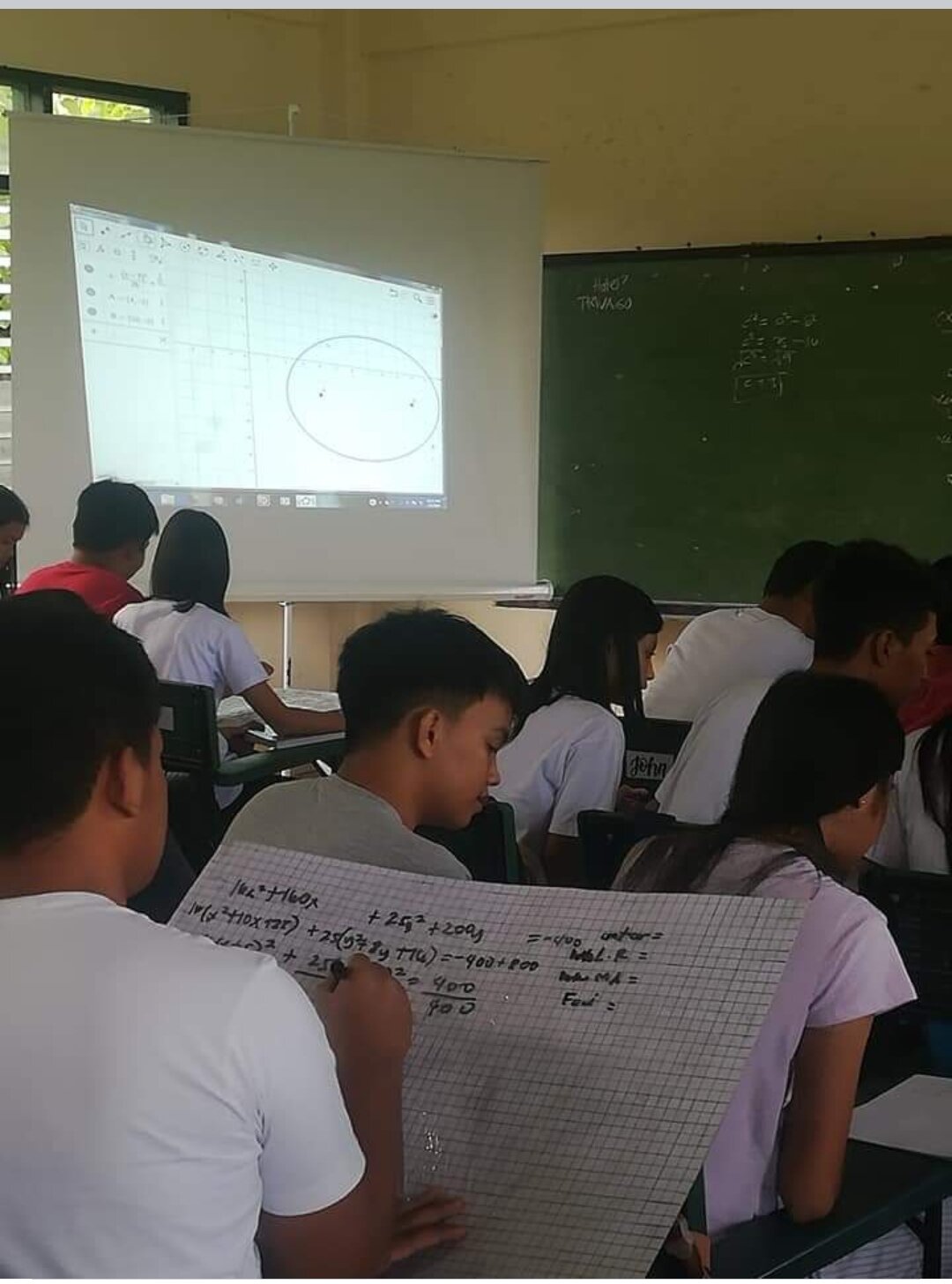An essay by Teacher Jumar R. Velasco of Ragay Science and Math Oriented High School, Ragay, Camarines Sur.
I am a product of public school system, literally honed by modern day heroes despite the crowded classroom, and scarcity of teaching and learning resources. My teachers were able to accomplish a herculean task by nourishing my full potentials and by using the free education to break the cycle of poverty. They basically taught me to dream big and I am now returning the favor.
I have been teaching high school mathematics for 17 years but unlike others, my teaching career in the field of numbers was quite unplanned. Eager to land a job after college and passing the board, I applied in a barangay high school wherein the available item was for a mathematics teacher. Since I believed that learning was organic that could grow exponentially or could go free-fall once unleashed, I accepted the challenge and took the opportunity. I received my baptism of fire and taught the subject for the first time, no testing of waters at all. At first, I was really struggling to deliver every single lesson each day but with the help of colleagues and regular trainings being offered by the Department of Education I was able to gradually learn the content and pedagogical aspects of teaching mathematics. I started to hone young math enthusiasts in that barangay high school to participate in math competitions. Initially, they barely obtained a score of 2 in a 50-item test in the MTAP elimination round but due to their persistence and dedication manifested during weekend review sessions they eventually made it to the MTAP Division Finals.
Richard Feynman, an American physicist, once said “If you want to master something, teach it.”. MTAP training sessions and teaching the subject greatly helped to improve my mathematical skills. Aware of the problems being experienced by my students during our discussion on exponential functions, compound interest, exponential decay and other topics that required scientific calculators, I launched a venture dubbed as Donate-a-Calculator project. This project aimed to provide students with scientific calculators during our discussion on the topics that were virtually impossible to comprehend without the aid of such technological teaching tool by soliciting from my friends, former classmates, brethren, and individuals who were willing to be part of this undertaking. The project generated 60 scientific calculators. In July, 2014, eleven years after serving in that barangay high school, I decided to request for transfer in Ragay Science and Math Oriented High School, a municipal science high school, to explore greater challenges and opportunities. I didnt know, perhaps I was just eager to share my never ending thirst for knowledge and to use education as I did to break the cycle of poverty. This has been the driving force for me to continue teaching and hope to inspire students as I never failed to instill positive outlook towards life in every discussion we had.
Considering that I would be teaching intellectually-inclined students from what was once dubbed as “the cradle of the most brilliant minds of the municipality of Ragay”, I was forced to raise the bar by devoting extra time and effort learning more about mathematics. In 2016, I applied for the DepEd-MTAP scholarship for MA in Curriculum Design, Development and Supervision, major in Mathematics, and passed the qualifying exam. I was on study leave for one year. To me, the most challenging aspect of teaching mathematics is not the content or the target competencies prescribed by the education department because all these can be acquired through scholarships or regular trainings, but the instilling and honing of the affective domain of education and teaching them to dream big. In the prelude of DepEd’s Vision it is vividly envisioned that our students should learn the desirable values and competencies for them to realize their full potentials. The framers of this Vision intentionally focused values formation first before learning the competencies. The driving force must come from within. It is really a challenge for us to teach and inculcate the love for numbers among our students. These can be done by utilizing technological teaching aids for better grasping the content. Unlike in barrio high school, my current station has almost enough teaching aids such as multimedia projectors, scientific calculators and laboratories among others. Asking for help from our colleagues whenever we’re in uncharted waters also helps a lot. Furthermore, information is just a click away nowadays. One can now access Facebook pages or groups devoted to help science and mathematics teachers.
One of my best practices perhaps is incorporating technology such as Geogebra and scientific calculator with time-tested teaching strategies. I am a huge fan of explicit way of teaching, conceivably the most effective way to teach mathematics although some might disagree because there’s no such thing as one size fits all in teaching students with varied learning styles. Explicit teaching basically operates using I do, We do, and You do stages of teaching and learning process. For instance in discussing the concepts of Conics, I do the introduction of the new lesson, making meaningful connections of concepts to real life and supply the necessary skills for them to do the related task by modeling the step-by-step process. Next step is providing guided practice and asking thought-provoking questions that will synthesize bits of learning to become a bigger chunk of wisdom. All exercises in this stage are done by pair or in trio thus, giving way to share each student’s thought on how to solve the problem at hand. Finally, allowing the students to generalize the whole concept by working independently in the succeeding exercises.
I believe that the students should take part in the assessment of learning, thus, I have been giving them the chance to compute their grades through Portfolio Assessment since day 1. The summary sheet of their quizzes, activity sheets and major exams contains the computation of their temporary grades and should be signed by their parents. In this way, I think, I am promoting trust on classroom assessment among parents and students alike. Also, this helps in monitoring their progress in different components of assessment of learning.
In a single instance, a certain child has failed to submit her portfolio on time which resulted to 83% final rating for that quarter. To inculcate the virtue of time management and fairness, I refused to accept her portfolio even if there was an attempt to submit it right at my doorstep after the stipulated deadline. She was frustrated and her mother was irate, complaining that her child might be eliminated from the STE program of the school because of her grade. The child that failed to submit the requirement was my very daughter. She’s one of the reasons why I requested to transfer because I wanted to teach her personally. As to my weakness as a math teacher, I would like to improve my understanding on higher mathematics such as calculus, pre-calculus and statistics since I am almost a self-taught teacher with no formal training on these fields during my college years.

























